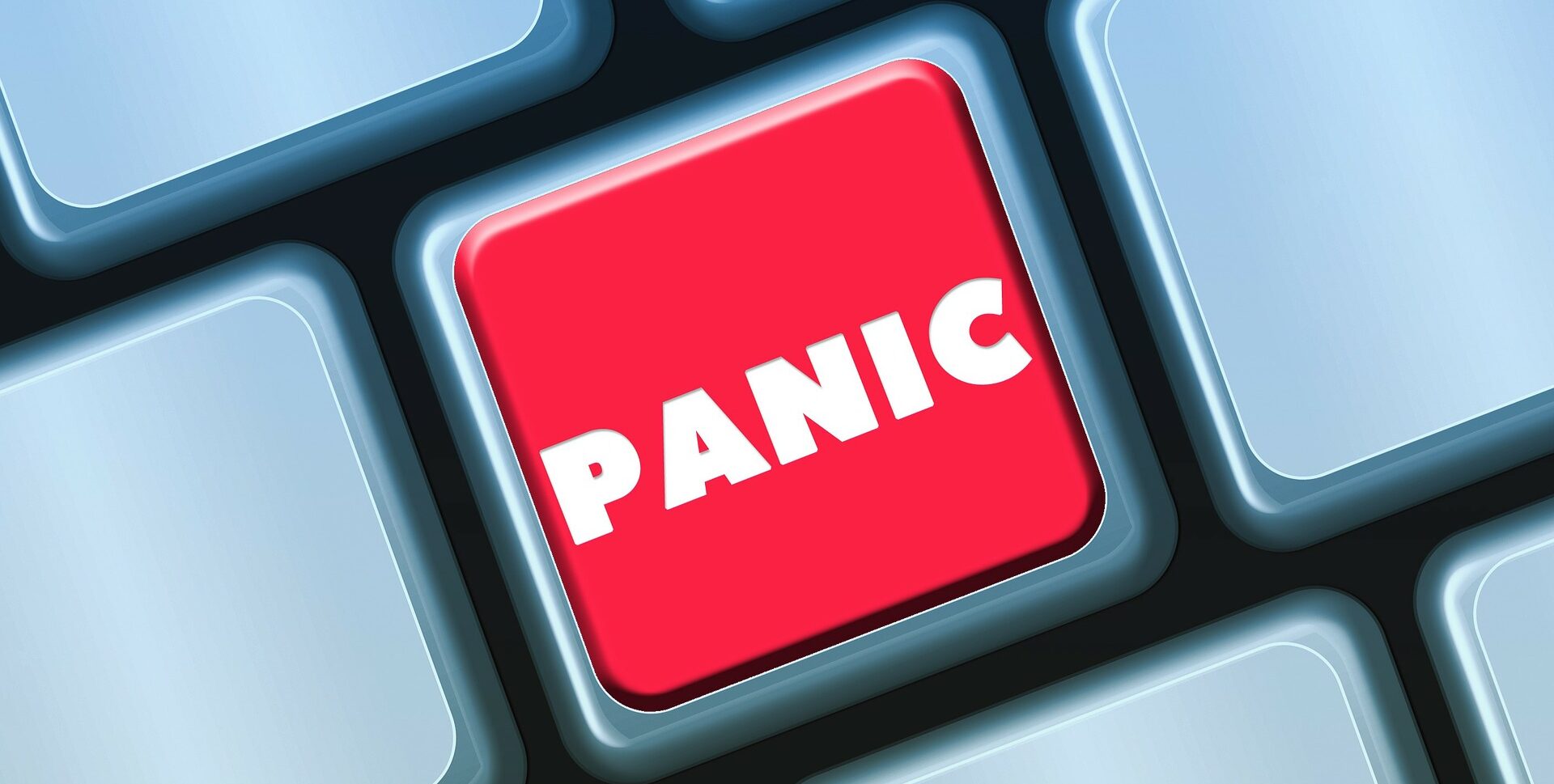Calm in the Storm: Tips to Stop a Panic Attack
Panic attacks can be overwhelming and frightening, but there are strategies you can use to regain control and alleviate symptoms. In this blog post, we’ll explore effective tips to help you stop a panic attack in its tracks and regain a sense of calm.
1. Recognize the Symptoms:
- Understanding the symptoms of a panic attack can help you differentiate it from other conditions. Common symptoms include rapid heart rate, sweating, trembling, shortness of breath, and feelings of impending doom.
2. Practice Deep Breathing:
- Deep breathing can help calm your body’s stress response. Try inhaling slowly for a count of four, holding for four, and exhaling for four. Repeat this process several times until you feel more relaxed.
3. Use Grounding Techniques:
- Grounding techniques can help bring your focus back to the present moment. Try focusing on the sensation of your breath, the feeling of your feet on the ground, or naming objects in the room. See our post on Dropping Anchor for more.
4. Progressive Muscle Relaxation:
- Progressive muscle relaxation involves tensing and then relaxing different muscle groups in your body. Start with your head and work your way down to your toes, focusing on releasing tension in each muscle group.
5. Challenge Negative Thoughts:
- Panic attacks are often accompanied by negative thoughts and catastrophic thinking. Challenge these thoughts by asking yourself if they are based on facts or fears.
6. Use Visualization:
- Visualization techniques can help calm your mind and body. Imagine yourself in a peaceful place, such as a beach or a forest, and focus on the sights, sounds, and smells of that environment.
7. Practice Mindfulness:
- Mindfulness involves paying attention to the present moment without judgment. Focus on your breath or the sensations in your body, allowing thoughts and feelings to come and go without getting caught up in them. We provide three mindfulness exercises here.
8. Seek Support:
- Reach out to a trusted friend, family member, or mental health professional for support. Talking about your feelings can help alleviate some of the anxiety associated with a panic attack.
9. Use Medication:
- In some cases, medication may be prescribed to help manage panic attacks. Talk to your healthcare provider about the options available and whether medication is right for you.
10. Practice Self-Care: – Engage in activities that promote relaxation and well-being, such as yoga, meditation, or spending time in nature. Taking care of your physical and emotional needs can help reduce the frequency and severity of panic attacks.
Conclusion:
While panic attacks can be overwhelming, it’s important to remember that they are temporary and can be managed with the right strategies. By recognizing the symptoms, practicing relaxation techniques, challenging negative thoughts, and seeking support, you can effectively stop a panic attack and regain a sense of calm. Remember, it’s okay to ask for help, and you’re not alone in your journey towards better mental health.
If you’d like to improve your well-being, you can book an appointment here.

